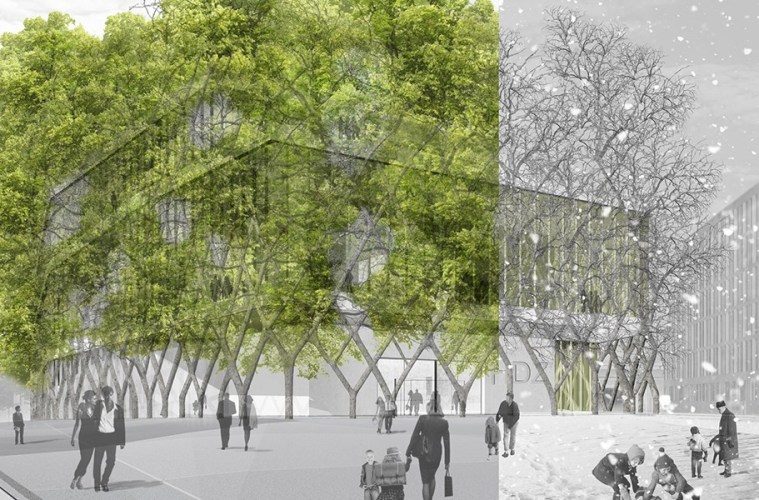As we all huddle indoors to avoid an airborne contagion mixed with ash from raging wildfires, seeking air conditioned refuge from record heat, while coping with job loss and election anxieties, it’s worth taking a moment to reflect on the indoor plant, that under-appreciated bit of greenery splashed in the corner of the room.
Whether it’s the heart leafed Philodendron conjuring the 70’s as it hangs over the kitchen countertop in that open plan Hollywood condo, or the wax leaf sheen of the classic Peace Lily (Spathiphyllum) in a ceramic pot standing guard in your foyer, indoor plants really don’t get much attention beyond intermittent watering and the occasional, you-look-like-you-could-use-a-boost spike of plant food.
Reminding me to play more classical music for the benefit of my succulent collection, National Indoor Plant Week (the third week in September) also brings to mind the role of nature in our metropolitan lives. Indoor plants are not just fellow captives in the jail of our concrete and glass compartments, they are the vestiges of our lives transformed from free roaming hunters and gatherers to the dubious masters of a massive industrial agronomic complex that is many ways killing us.
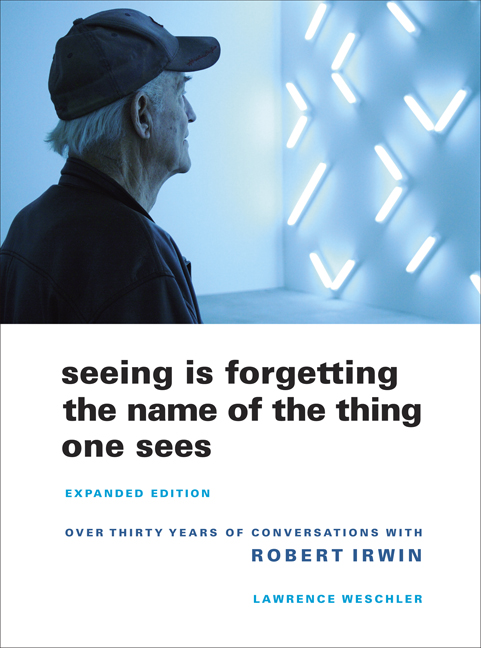
I immediately thought of Lawrence Weschler’s Seeing is Forgetting the Name of the Thing One Sees (Expanded Edition/University of California Press). Heralded as one of the finest books on art because of its lucid exploration into Robert Irwin’s fascinating body of work, Seeing… is Weschler’s journalistic masterpiece about his three-decade relationship with the artist.
What does the
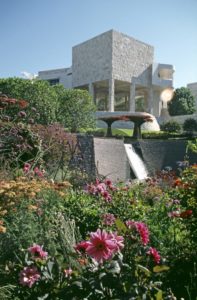
Getty Center Gardens (2014)
godfather of Light and Space art have to do with indoor plants you ask? Irwin designed the amazing central gardens at the Getty Museum in Los Angeles. A chapter in Weschler’s account cleverly titled “When Fountainheads Collide” is devoted to the tumultuous relationship between Irwin and the Starchitect Richard Meier who designed the museum campus and galleries.
Irwin’s garden is a spectacular artwork that represents a tension between wild nature and our impulse to marshal it to our will. The piece literally flowers in such a way that it can only be appreciated over several visits when for example the inner ring blooms and then within weeks the next adjacent ring blooms. The stream that runs into a waterfall is “tuned” such that the water over particular stones creates one sound in one area and another sound in another. Irwin’s design is the polar opposite of Meir’s vision of architecture as command and control and the design process led to a clash of titans.
I highly recommend the book and also suggest you check out my interview with Weschler in which he discusses this chapter in detail. You can find my podcast, A.G. Geiger Presents wherever you get your pods.
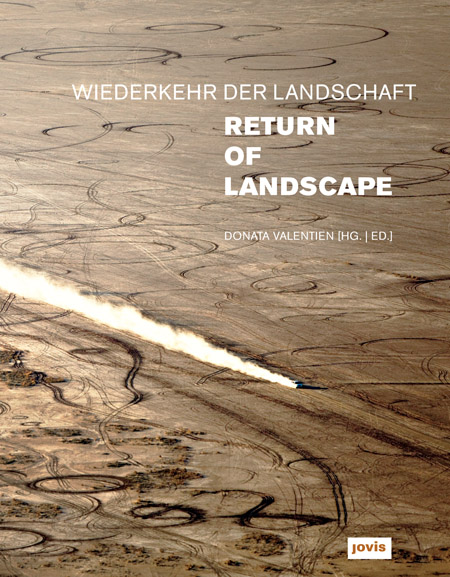
Another fascinating meditation on our fraught relationship with our environment is Return of Landscape (Jovis). Cityscapes have tended to dominate nature, resulting in the dire consequences of climate change, water shortages and a critical loss of biodiversity. Concrete and steel monoliths designed atop grids of asphalt to accommodate cars devour massive amounts of energy while cooping us up in unhealthy boxes with poor circulation.
Looking for sustainable solutions, and released on the occasion of an interdisciplinary exhibition at the Akademie der Künste in Berlin, Return of Landscape probes the future of the city not only as a living space but also as the creative center of tomorrow’s society. Through spectacular aerial photographs it compares the two extremely different cities of Las Vegas and Venice that are both struggling with significant ecological problems.

City and country are generally regarded as opposites. Out There: Landscape Architecture in the Global Terrain (Hatje Cantz) is a plea to redefine the discipline’s position to instead envision the urban and rural as a single system. Innovative but complex approaches are presented in examples of specific projects from all over the world. An inspiring and informative examination of landscape architecture and its growing commitment to spatial systems that will shape tomorrow’s society, Out There… is full of solutions that address our stark reality.
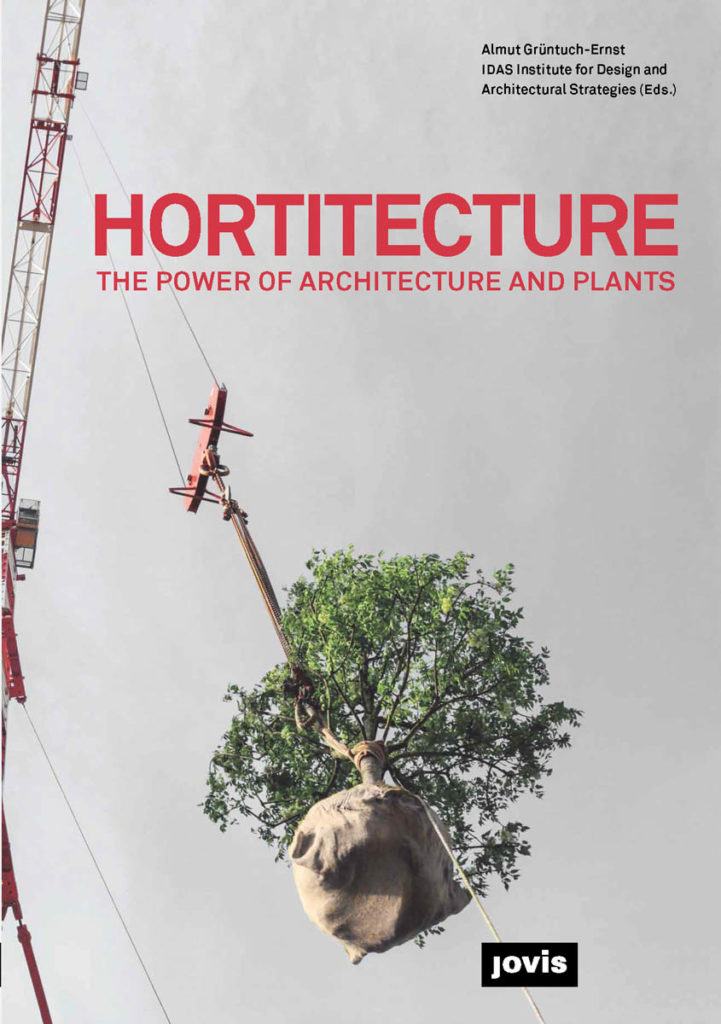
Hortitecture, the Power of Architecture and Plants, also from Jovis, is a fascinating collection of projects, ideas and experiences from 33 international experts at the IDAS (Institute for Design and Architectural Strategies) symposia held at TU Braunschweig. Founded in 1745, the Brunswick Technical University is Germany’s oldest and one of the country’s top institutes. Future-thinkers present fascinating opportunities to expand the potential of vital plant material in creative construction plans. In an innovative cross-pollination of architecture, biology and technology, sustainable buildings as well as urban food production spring to life.
Each of these recommended books are both thought provoking and practical as they rethink our relationship to the great outdoors. And you thought your little houseplant was just your decorator’s color accent.
Please shop locally.
Advertising disclosure: We may receive compensation for some of the links in our stories. Thank you for supporting Irvine Weekly and our advertisers.

